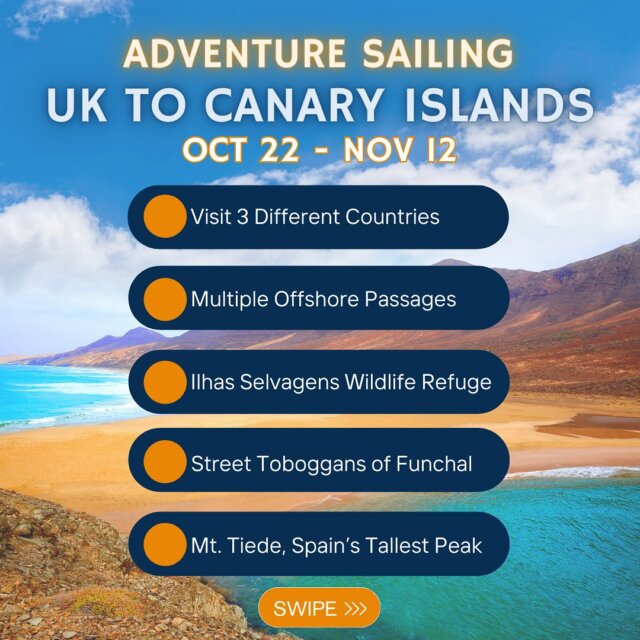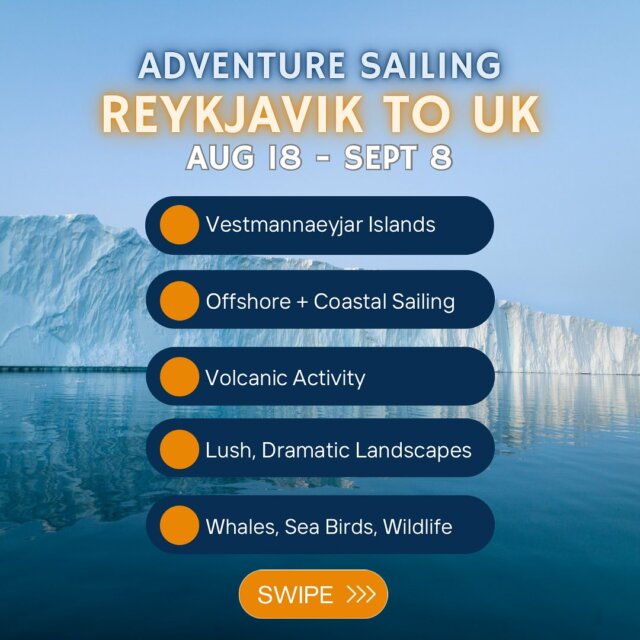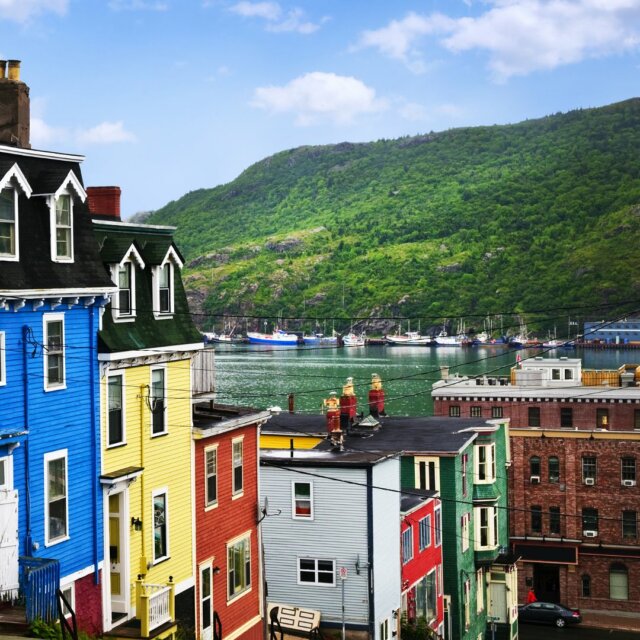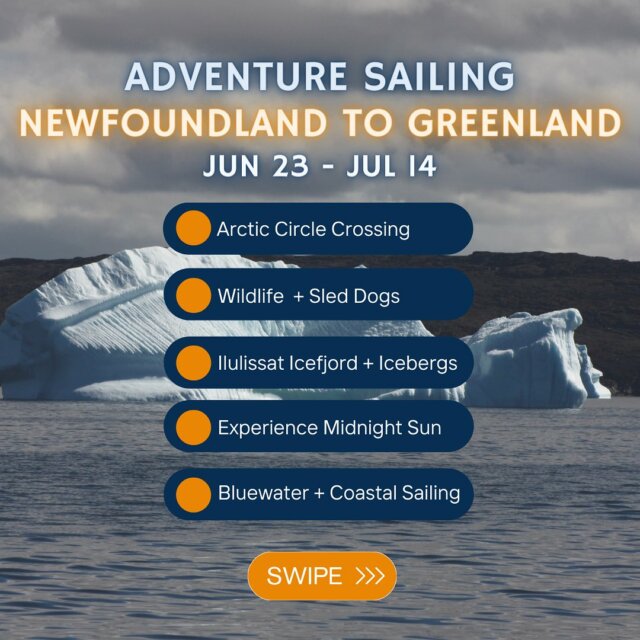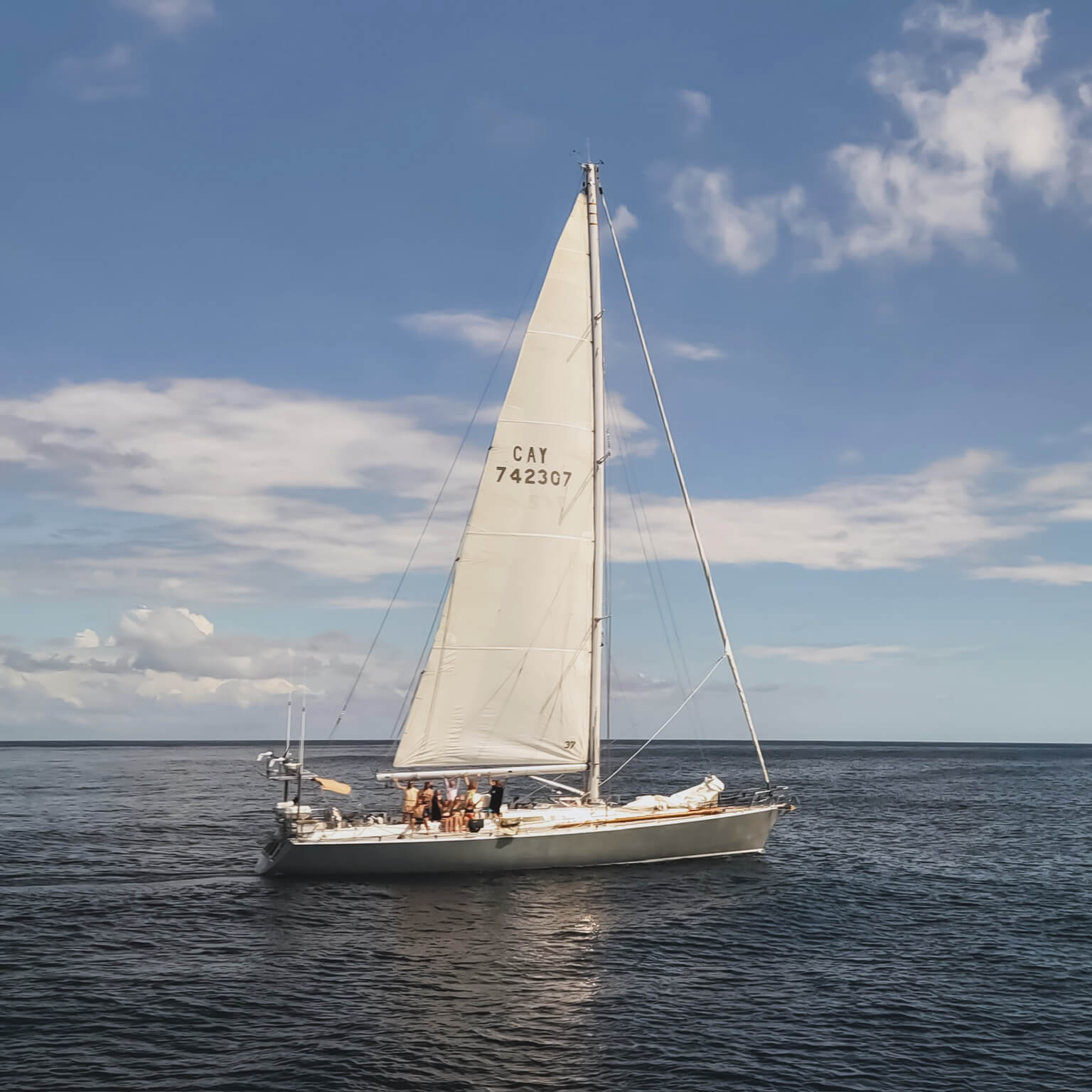My take on a week with the Pangaea Exploration crew as we sailed the Atlantic from Madeira to Lanzarote
by Andy McLean
I’m sitting here at the table in the saloon of Sea Dragon on the final day of my first offshore passage in a long time, reflecting on an epic few days with the crew of Pangaea Exploration. Actually, ‘epic’ does not do our Atlantic journey from Madeira to Lanzarote justice.
In this article, you’ll hear about life aboard an 18-person ocean racing yacht, see a video of a sperm whale, visit a remote Portuguese island, see the most majestic of sunsets and see first hand how micro plastics have made our oceans toxic.

Tom said Day Four was the calmest he had seen the Atlantic
First though, as always, start with ‘the Why?
The sea is my blood and I have not had enough of it in my life
I’ve lived by the sea since I was a little boy in the remote Chatham Islands, 300km east of New Zealand. It was there my dad, Peter, learned his first craft as a man of the sea — as a diver and then as a fisherman.
Dad is a very clever man — he’s managed to not work in an office ever since his first job clearing cheques in a bank. He now works on the land but retains a deep connection with the ocean as a yachtsman, while I am the one that works in a bank with a massive amount of FOMO!
And why this trip with Pangaea Exploration?
Simply put, it’s because of Emily Penn (the company’s founder) who I got to know in September 2015 and from whom I learned for the first time about the alarming nature of plastic pollution in our oceans.

I’ve long admired the Exploration, Education, Conservation mantra (here at Selvagem Grande)
I’ve been seeking to do a trip on Sea Dragon ever since and when I saw the option of a Madeira start point, I had a big reason to say ‘Yes’. I’ve written about that aspect of my why here.
Being crew on a big yacht is something everyone should do
In 2004 I sailed from New Zealand to Fiji with my dad and two of his mates and there was literally no wind the whole way up the Pacific. And so when I got out of the taxi at the marina near Funchal, my first question to our skipper Eric Loss was: any chance of any wind this week?
The first two days were very relaxed, a night getting to know each other and the short hop to the south-west tip of the island to anchor in a deserted bay. While we snorkeled in the deep blue with the barren Madeiran hills towering above us, the masses of hikers looked like ants on a mound.

Shannon and Shanley taking the plunge in Madeira
I’ve been on quite a few sailing holidays over the years and there’s always been a safety brief(ing). I’d never experienced one as professional as that given by Eric and his first mate Shanley McEntee and it also helped that we had two other experienced sailors aboard — Tom and Shannon.
I knew I’d struck a good group when Shannon produced a lunch on that first day that did not embarrass me when the vege wraps that me and Eric created seemed to go down well. The responsibility for lunch on board lies with the people ‘on watch’ right before meal time — which is why the novice was paired with the skipper.
While at sea, there’s a watch schedule to ensure the responsibility for keeping the boat headed in the right direction is shared so we can all get a good amount of sleep. I was surprised at how comfortable the beds were — they were more like cushioned hammocks than bunks and the bamboo pillows.
Having just the five of us on such a big yacht also meant we had loads of personal space, and we could all stretch out around the table I’m writing on now, or on the deck above. And if we wanted snacks or a cup of tea, everything was uber easy to find.
Ilas Selvagens — Savage Islands or the Dry Salvages?
As we pulled anchor and hoisted the mainsail, I asked Tom “so, what was that island Shanley mentioned at the briefing?”. I still can’t pronounce the name of the rock that marks the southernmost point of the Madeira archipelago but I’ll never forget Selvagem Grande.
We arrived at 10 am, literally to the minute of my third watch of ending four hours after it started. Over the 160 miles, we covered under sail, my shifts on the helm had been: 10 am to 2 pm, 8 pm to midnight and 6 am to 10 am, with a smattering of sleep in between.
As we were to find out the next day from our guide Manuel, the Spanish call Selvagem Grande and its neighbor Selvagem Pequena ‘just rocks’ in the Atlantic. However dry these islands may be, as Eric points out they extend Portugal’s economic zone at sea by around 150 miles south towards the Canaries.
Our landing on the island was delayed until the morning of day four as the Madeiran Navy was carrying out an operation in the area. And, gosh, was it worth the wait for the perfect weather day.

Our anchorage at Selvagem Grande — literally a rock in the middle of the Atlantic adjacent to Casablanca
Over three hours led us up the hill and around the island in what was the best tour I have ever had. Hopefully, the pictures I have taken do the tour justice.
In that time we learned about the nesting and the remarkable flying speeds of the resident Corey’s Shearwater birds, the Portuguese government’s ill-fated attempts to introduce goats and rabbits (and the subsequent conservation project to rid the island of rats and replenish the island’s plants by Manuel and his friend Jacques), an old story of Captain Cook’s rumoured hiding place of gold stolen from South America, how the island was used by the Portuguese air force for target practice and an ill-fated attempt by the same people to drop food on the island that sends ‘rice and flower everywhere’.

Our guide Manuel of Maderia, along with two couples sailing through the Ilas Selvagens
The beauty of this tour is that it is free, you only need to have a yacht to get there and obtain a permit in Funchal. In practice its only explorer sailors that get this privilege — as we did along with Reg and Nicky from Guernsey and Loche and Benedict from Paris.
Not one but two sperm whales (and a baby)
It was mid-afternoon on day four as we left Selvagem Grande headed for Lanzarote and the Atlantic was flat calm. It meant that we could take off our buoyancy aids for the afternoon and really relax — this was an exception to the strict safety protocol Eric and Shanley maintain on Sea Dragon, that also wisely includes no alcohol at sea.
We’d been motoring about an hour when Eric shrieked “whales” and me and Shannon literally flew up the companionway steps from the Saloon where we were reading. It’s really hard to put into words what the next hour was like so I am not going to.
Instead here’s a video I recorded which shows how special it was, in the middle of nowhere in the Atlantic Ocean as Tom navigated us perfectly into place to see these beautiful creatures. And another video 30 minutes later.
And a perfect sunset to cap “a perfect day”
As I sat on the starboard side of Sea Dragon mesmerized by the stillness of this mighty body of water, I thought of Lou Reed’s words “it’s just a perfect day” — it was a privilege that could not get any better.

The view to the West
Of course, it did as on the port side, Shannon and Shanley were admiring the reflection of the pink western African desert haze on the water as we happened upon a sea turtle. “How did he get all the way out here?” I wondered.

And to the East
And then just as the sun was hitting the horizon, a boat sailing into its final glare. We looked at each other and smiled — seriously, what are the chances of that happening?
Catching microplastics in Lanzarote
Last October I went to an Impact Career day run by Emily Penn and my friend Ben Keene at Escape the City in London. There were around 20 people there, each seeking more meaning in their work and Emily laid out the issue of plastic pollution, literally on the classroom table.

Trawling for plastics with the volcanos of Lanzarote behind
Today, nearly a year on, we dropped the special trawling machine that Eric and Shanley take all over the world an into the Five Gyres to research this pressing issue. In 30 short minutes before we headed into the marina at Arrecife, we dragged the net and, yes, we found microplastics on the water’s surface.
Here’s how Shannon and Shanley described our catch, including some plastics that need further investigation under the microscope.
A final word
As I type this, I am about to run to meet our team for our final dinner ashore on Lanzarote. I arrived (late) on Thursday afternoon and five sleeps and 310 nautical miles later, I feel utterly refreshed and exponentially more knowledgeable than I was this time last week at my desk in the bank in London.


Reposted from Andy Mclean’s Medium Article
